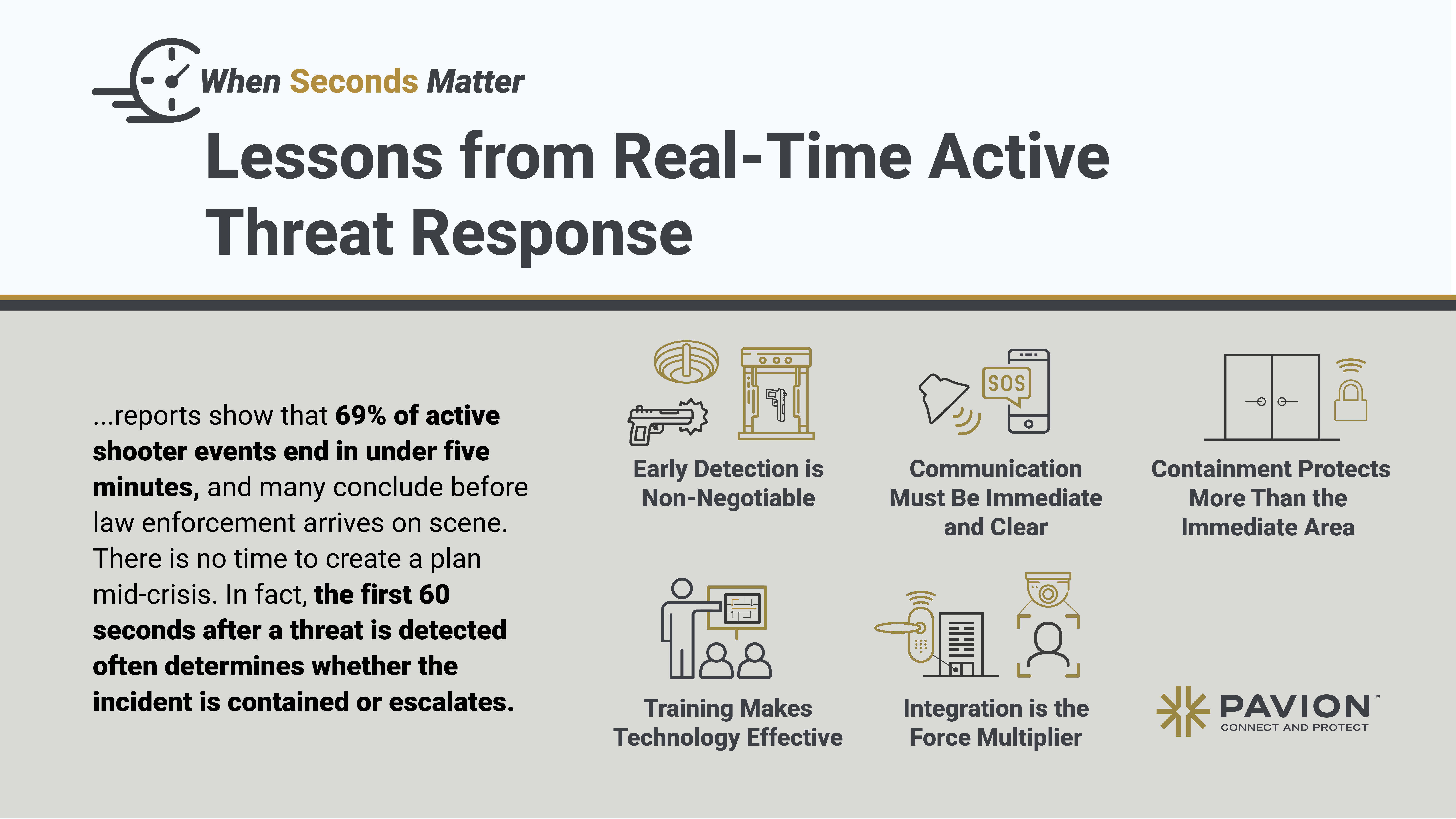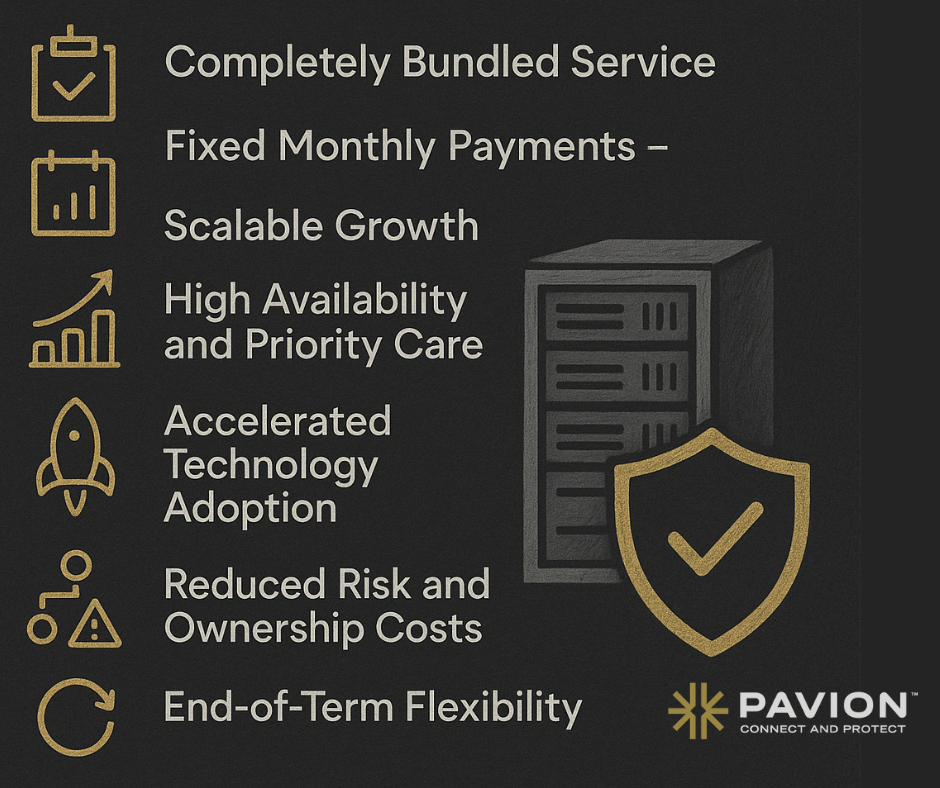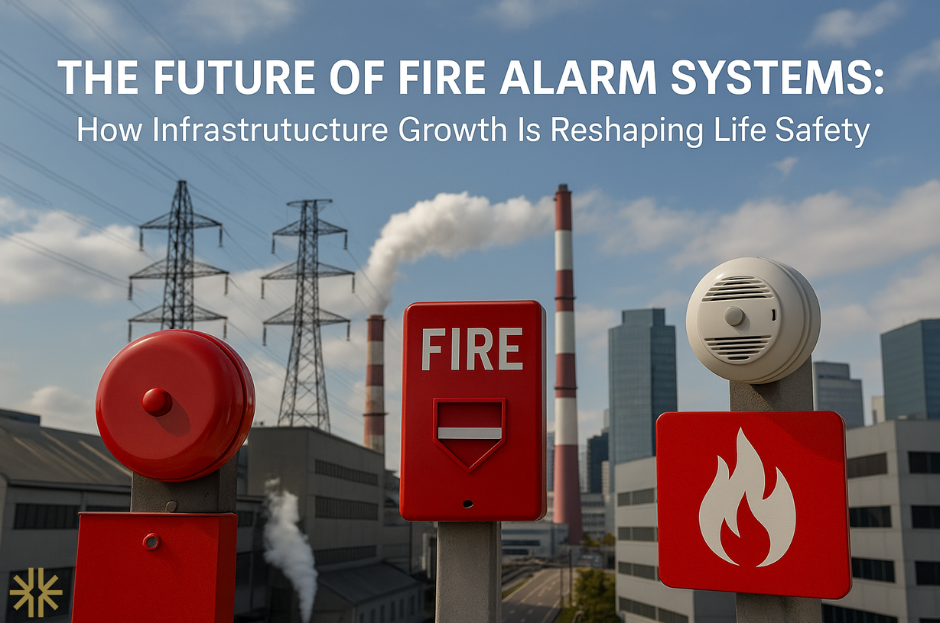
When Seconds Matter: Lessons from Real-Time Active Threat Response
The Rising Urgency of Active Threat Preparedness
The phrase “when seconds matter” is not a cliché. It is a mathematical reality. According to the FBI’s Active Shooter Incidents in the United States report, 69 percent of active shooter events end in under five minutes, often before law enforcement can arrive on the scene.
In that narrow window, the outcome depends entirely on the systems, training, and procedures already in place. There is no time to create a plan once a crisis begins. In fact, the first 60 seconds after a threat is detected often determines whether the situation is contained or escalates.
This urgency is why organizations across corporate, education, healthcare, retail, and critical infrastructure sectors are rethinking their approach to preparedness. Leaders are moving beyond standalone tools toward integrated ecosystems designed for real-time threat response.
Why Every Second Counts
In an active threat scenario, the danger comes not only from the attacker but also from delays in how information is detected, shared, and acted upon.
Consider a typical sequence in an unprepared facility:
- A weapon is spotted or shots are fired.
- Bystanders react with confusion or disbelief.
- Someone eventually calls 911.
- Security teams receive word and begin locating the threat.
- Lockdown procedures begin minutes after the incident starts.
By the time information reaches decision-makers, the threat may already have moved to new areas or inflicted serious harm. These gaps cost lives.
Organizations that perform best under pressure are those that have reduced or eliminated these delays. Their plans are not theoretical. They are in motion the instant a threat is detected.
Key Threats That Demand Immediate Action
While active threats take many forms, several scenarios consistently demand rapid response:
- Armed intruder or active shooter: A weapon is visible or discharged in a populated space.
- Coordinated attack: Multiple assailants target different areas at once.
- Violent escalation: A confrontation or altercation that turns deadly.
- Disruption in sensitive areas: Threats targeting critical infrastructure, hazardous materials, or crowded venues.
Each situation has unique dynamics, but all require fast situational awareness and decisive action.
Best Practices from Leaders in Safety
1. Early Detection is Essential
Every additional second of warning changes the equation. AI-powered video analytics can identify weapons before shots are fired. Gunshot detection systems instantly verify and locate gunfire. These technologies do not replace human judgment. They buy critical time. Even a 10 to 15 second head start can enable staff to lock down vulnerable areas or guide people to safety.
2. Communication Must Be Immediate and Clear
After-action reviews of active threat events often reveal the same failure: not everyone knew what was happening or how to respond. Confusion costs time, and time costs lives.
Integrated mass notification systems—through overhead paging, text alerts, and desktop pop-ups—ensure rapid, clear communication. The most advanced platforms can trigger pre-scripted instructions automatically based on the type of detected threat, removing delays caused by manual messaging.
3. Containment Protects Beyond the Immediate Area
Lockdowns are not only about keeping a threat out. They also keep people safe where they already are. Automated access control can seal off zones, direct occupants away from danger, and secure perimeters. Coordination with first responders provides live updates on which areas are safe and which remain at risk.
4. Training Transforms Technology into Action
Even the most advanced systems are only effective if people know how to use them. Regular drills with staff, security teams, and local law enforcement are essential. These exercises identify gaps, reinforce protocols, and ensure that when alerts sound, everyone knows their role.
5. Integration is the Force Multiplier
Standalone systems leave dangerous gaps. True leaders in preparedness are those who integrate detection, communication, and containment into one ecosystem. Examples include:
- Video surveillance with AI analytics for weapon recognition.
- Gunshot detection linked to automated notifications.
- Access control connected with emergency communications.
- Security systems integrated with first responder dispatch tools.
When combined, these systems can transform detection into protective action in seconds.
A Realistic Scenario: The Power of Integration
Consider a large corporate campus on a typical morning. A camera in the lobby detects a visible firearm. Within seconds:
- The security operations center receives an automated alert with the intruder’s image and location.
- Access control systems lock entry points across the campus.
- Employees receive immediate shelter-in-place instructions via mobile alerts, desktop pop-ups, and PA announcements.
- Law enforcement is automatically notified with live video feeds from the scene.
By the time the intruder moves toward another building, employees are secured, doors are locked, and officers are en route. The potential for harm is dramatically reduced—not because of chance, but because systems and training worked as one.
Looking Ahead: Building Resilience Before the Crisis
Active threat preparedness is not a one-time purchase or compliance checkbox. It is a cultural shift that prioritizes safety and resilience. Leaders who are serious about protecting people and operations are embedding preparedness into their organizational strategy.
Technology plays a central role, but it must be paired with training, coordination, and a willingness to practice response under pressure. The organizations that succeed are those that view preparedness not as an expense but as an investment in survival, continuity, and trust.
While no system can eliminate risk entirely, the right approach can dramatically change outcomes when seconds matter most. The lesson is clear: the time to close the gap between detection and response is before the next incident forces the test.


